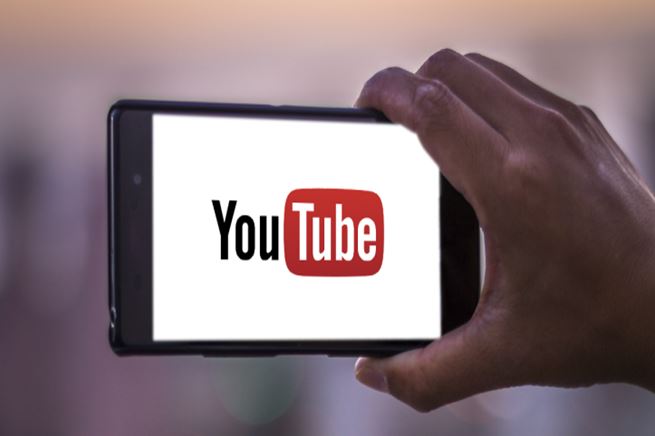
Olivia Kissper creates videos that give people the tingles. She whispers into the microphone, taps her nails on objects, strokes brush on the camera, crinkles packaging, and even eats on screen. It is weird and, at times, even a little creepy to watch.
But it’s also extraordinarily successful. The videos she has posted over the past five years have regularly attracted more than one million views on her YouTube channel and she has more than 294,000 subscribers.
Viewers come to her in the hope of experiencing a pleasurable sensation known as autonomous sensory meridian response, or ASMR – the tingling feeling that can form on the scalp and emanate down the body in response to certain stimuli.
She is just one of a growing community of filmmakers who are creating content for people who crave this sensation.
The videos are slow-paced and hypnotic, typically running between 25 minutes to an hour. They show footage of people performing a strange array of tasks – from caressing different objects to brushing their hair – that are designed to produce what are sometimes described as a “brain massage” or “shivers” that lead to an intense sense of calm.
They capture the sounds these actions produce using high-quality recording equipment, often using a binaural microphone to create a three-dimensional sensation.
Cultural trend
Olivia’s own recent posts reveal a playful range of topics: one video bears the title ‘Eating Snake Eggs’ – actually an exotic fruit – and another one called ‘Shsssssh! It’ll Be OK!’ that’s designed to induce restful slumber.
Ten years ago, whispering into a camera wasn’t exactly a career move, but now this kind of sound creation has become not only a social phenomenon but a way to make a living.
What started out as niche content is poised to become big business as brands and the marketing industry rush to tap into a cultural trend. For a content producer like Olivia, who plies her trade from Costa Rica, this evolution isn’t surprising.
“I think it’s inevitable,” she says. “It’s another platform for people to promote things. When you look at some of the [ASMR] channels, they’re humongous, so of course big companies will jump in.”
Type ASMR into YouTube’s search engine and it will throw out over 12.7 million results. Some of the most popular videos have been viewed more than 20 million times. With these sorts of numbers, content creators can start to generate thousands of dollars from advertising that YouTube places at the start of their videos.
But with the loyal community that has formed around ASMR, brands are looking to do more than simply buy advertising space. Instead they want to get in on the act.
Last year IKEA launched an advertising series it called ‘Oddly IKEA’, for which it developed six ASMR-style videos, including one long-form video that ran to 25 minutes.
Stay informed. Subscribe to our newsletter
 The Standard Group Plc is a
multi-media organization with investments in media platforms spanning newspaper
print operations, television, radio broadcasting, digital and online services. The
Standard Group is recognized as a leading multi-media house in Kenya with a key
influence in matters of national and international interest.
The Standard Group Plc is a
multi-media organization with investments in media platforms spanning newspaper
print operations, television, radio broadcasting, digital and online services. The
Standard Group is recognized as a leading multi-media house in Kenya with a key
influence in matters of national and international interest.
 The Standard Group Plc is a
multi-media organization with investments in media platforms spanning newspaper
print operations, television, radio broadcasting, digital and online services. The
Standard Group is recognized as a leading multi-media house in Kenya with a key
influence in matters of national and international interest.
The Standard Group Plc is a
multi-media organization with investments in media platforms spanning newspaper
print operations, television, radio broadcasting, digital and online services. The
Standard Group is recognized as a leading multi-media house in Kenya with a key
influence in matters of national and international interest.








